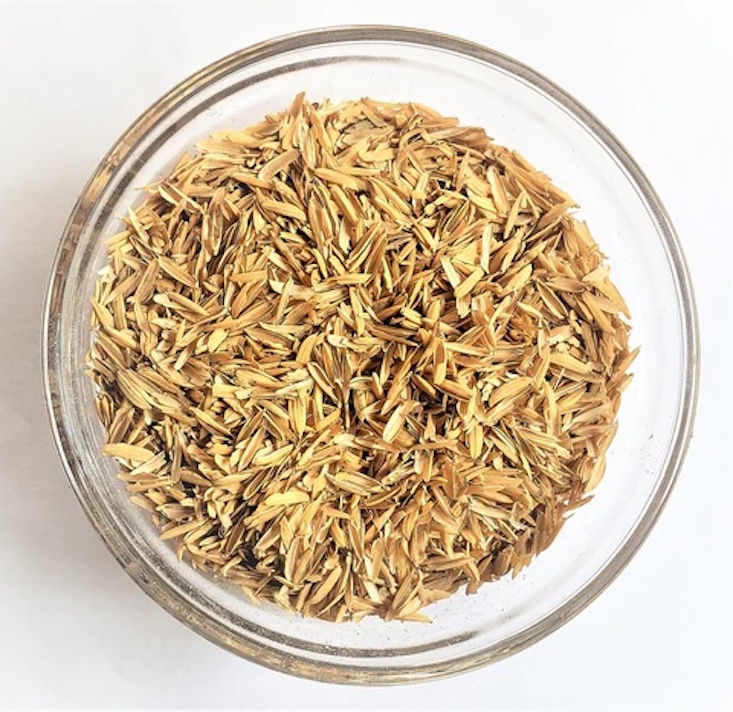Rice Hulls: A Better, Eco Alternative to Perlite in Soil Mixes

Most of us gardeners know by now that we should trade peat moss for more sustainable choices like coconut coir because of the negative consequences
of harvesting the stuff on the plants and wildlife native to the peatlands not to mention depleting our planet s peatlands which store three times as much carbon as forests would worsen global warming
But did you know that we should also consider replacing perlite, the little, white, styrofoam-looking balls often mixed into store-bought soil to provide aeration and drainage?
As of now, in the US, it’s tough to source store-bought soil that uses rice hulls instead of perlite, but packages of rice hulls alone (sold as a soil amendment) are easier to find.
What are rice hulls?
Rice hulls are the thin papery casings on rice, similar to corn husks, that act as a protective covering. The process is that after the rice is harvested, millers remove the hulls and then parboil them at a high heat to kill any weed seeds, bacteria, and diseases.
Why are rice hulls better than perlite?
From an environmental standpoint, rice hulls are the best choice. For starters, they are a renewable resource as they are a byproduct of agriculture (like coconut coir) that would otherwise be tossed.
The soil used in the vegetable beds at Filoli Gardens is now rice hulls-based.
What benefit do rice hulls provide?
Photograph courtesy of Filoli, from Garden Visit: Filoli Historic House and Garden in Woodside, CA,
Rice hulls can improve soil texture, increase water holing capacity, and allow for better drainage by loosening compacted soil. Lastly, when spread out like mulch and mixed into the top 1/2 to 1 inch of soil, rice hulls can help retain moisture and ward off weeds.
Rice hulls will decompose after about 2 years so your soil might sink, but the solution is to just add more rice hulls.
Any downsides?
With sustainability being increasingly important these days, it is always a good idea to make choices based on what is beneficial to you and your garden and what helps protect and preserve the planet’s resources.
The green takeaway